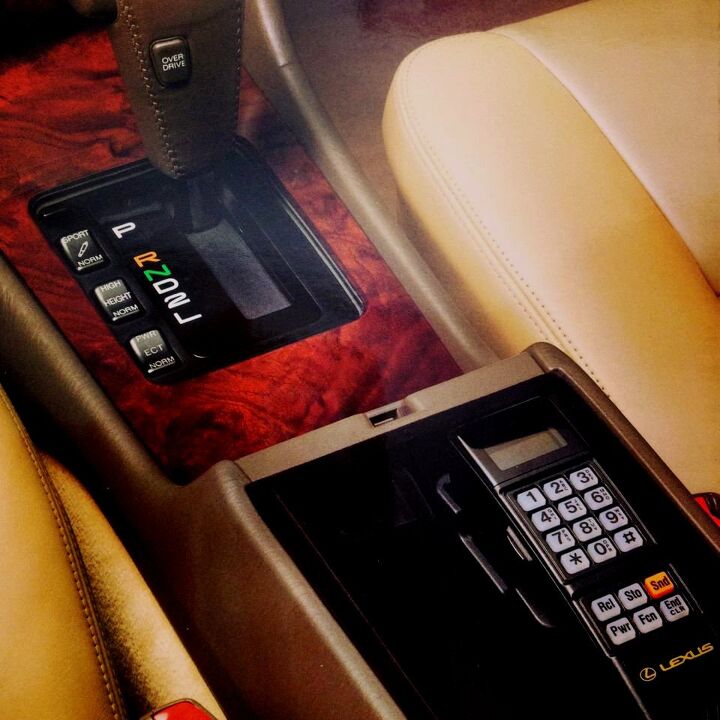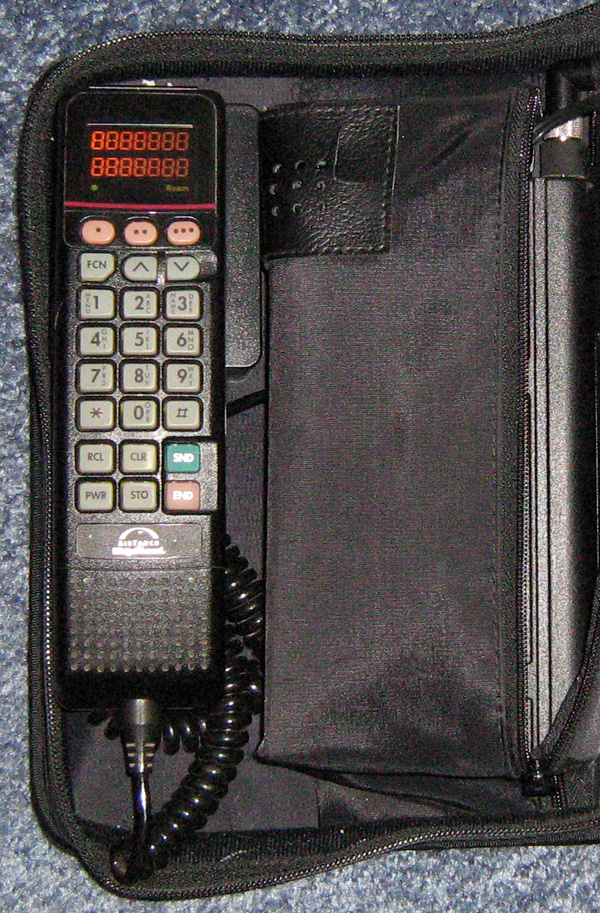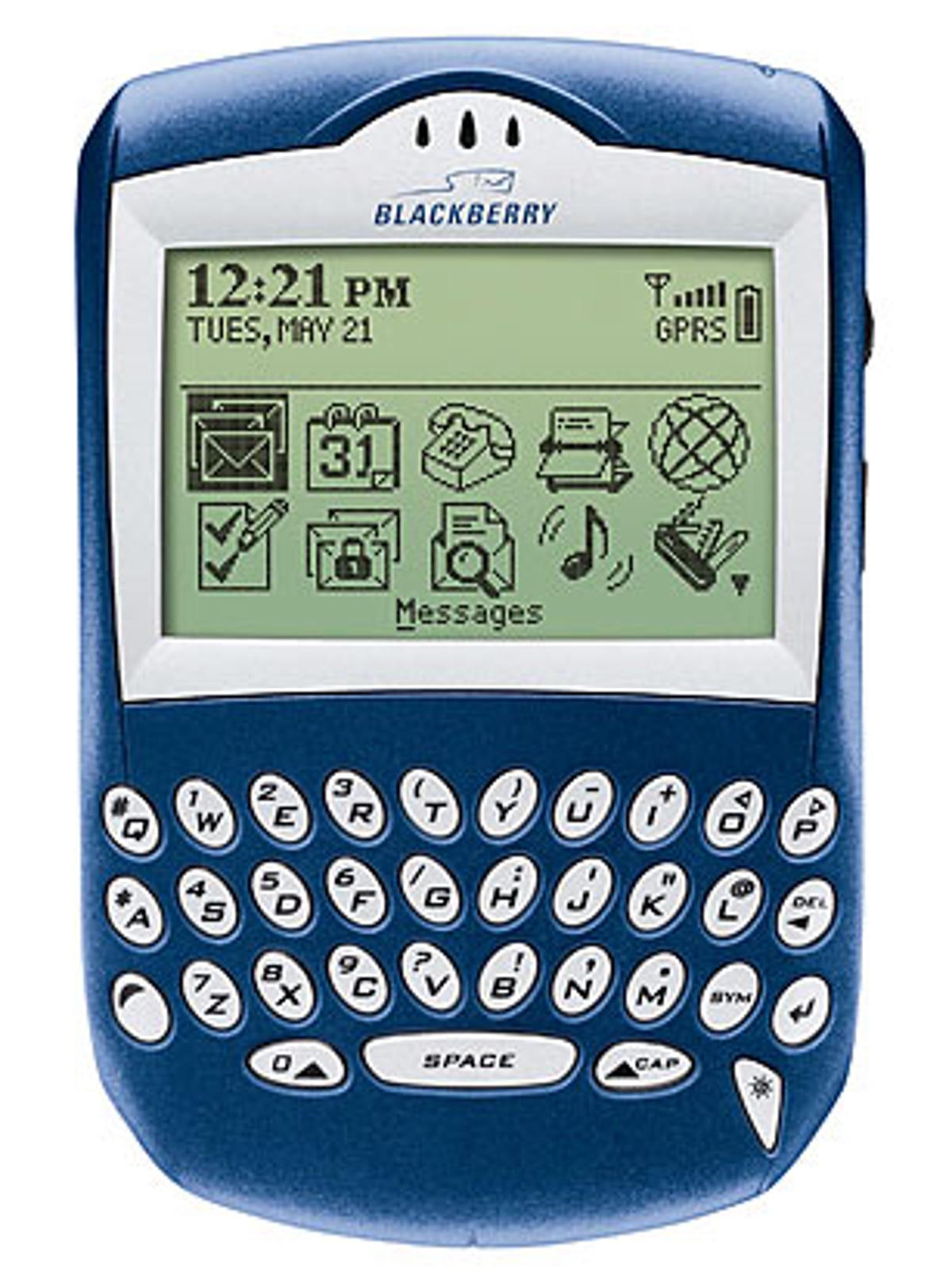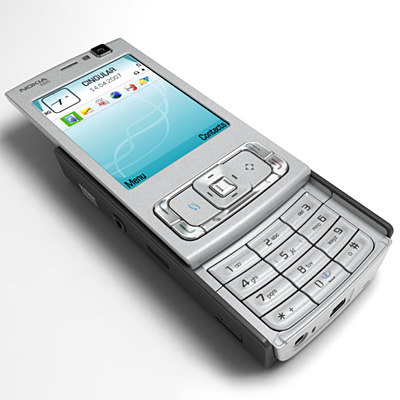I’ve been seeing this Win-G contract for a few months now. That’s by no means its official name, but good enough for who it is for. You have to be old to understand this. Here is one thing you have to know up-front.
Every stupid idea in IT will be repeated at least two more times if you live long enough.
Roland Hughes
IBM made the same stupid mistake twice that I know of. Early IBM mainframe computers had a memory hole at the top for hardware because . . .
Ack! It would cost $10 million dollars for that much RAM even if we could build it. Nobody will pay that much.
IBM
Then IBM was designing the original IBM PC and once again reserved an upper memory region for hardware additions. Why?
Ach! It would cost over $100K for that much memory. They could buy a midrange for less. Nobody will pay that much.
IBM
What is the Win-G project?
Well, if you actually have skills with a computer science or software engineering degree you’ve been seeing and getting called about a contract listing this.
- 4G/5G RAN development
- C/C++ programming
- Linux environment experience
- Docker container experience
- GIT
The first line is the one they are having trouble finding people for. (RAN) Radio Access Network. The rest of it you can find with most medical device consultants. Just be aware that Professional Medical Device consultants won’t touch Agile with a hundred mile pole. That is the realm of unskilled hacks. We have skills to which human life is trusted. When Agile is used in medical device development it leads to recalls like this with patient deaths.
History
Winmodem
In the late 1980s/early 1990s there was a series of shit products released in the market . . . WinModems. They were dirt cheap pieces of shit that only “worked” on Windows. Real PCMCIA faxModems cost over $300. These hand polished turds cost well under $50 retail. Eventually the token few chips that comprised them found their way onto horrible motherboards. Yes, there were even add-in cards.

You have to understand that the fax was still a cool business tool. Everybody who had Internet at home had dial-up. Only Windows had drivers for these cards.
Also called “SoftModems” because there was almost nothing to them. All of the functions normally done in the modem were placed into the software driver and became a burden for the CPU. Previous hardware solutions were designed to relieve the CPU burden. Neither Linux, nor OS/2, nor Apple bothered to create drivers for these tragedies. A 33Mhz machine was considered “blindingly fast” for a desktop and using one of these basically locked it up until the fax or file transfer completed.
Windows Phone
During the days of OS/2 which Microsoft was contracted to develop with/for IBM but used to fund Windows development instead it became obvious that Qt was mopping the floor with Microsoft development tools. Qt was then owned by Nokia. Qt 3 was the first serious cross platform application framework. Many claimed to be such a framework but they were a UI only. At the time Qt 3 was running on OS/2, various Unix/Linux platforms, and unofficially on a few others. It was the library behind the KDE desktop.
Carphones

morphed into bag phones

morphed into portable (boat) phones

I actually had one of those. The great big battery on the side was also used in a battery powered VCR. They came with a cigarette adapter that would let you plug them into any vehicle because they all had a cigarette lighter.
PDAs
This may seem totally unrelated, or at least it did for many early on, but PDAs were the power Yuppie’s status symbol.

Palm had its own operating system and “gui” library. For a time they ruled this market. Be certain there were competitors but these black on gray quartz displays weren’t that endearing.
Smarter Phones
Long before there were “Smart Phones” there were “smarter phones.” The Internet was still mostly dial-up and cell phone companies could charge a bundle for proprietary messaging.

Blackberry combined a phone and PDA with a proprietary messaging system. Corporations could pay for a private messaging plan so that messages were restricted only to phones on its plan. Of course RIM had something to say about it.

By 2007 Nokia was shipping the N95

Dates of Importance
Apple introduced the iPhone in 2007, the same year the N95 was introduced. Apple never really creates anything, they just thieve everybody else’s stuff and claim it as their own. Rent Pirates of Silicon Valley some time.
By June 17, 2008 Nokia completed its acquisition of Qt. In 2008 Nokia also released the E71.

Obviously targeting both iPhone and Blackberry. Some time between 2011-2012 Nokia sells Qt off to Digia. Such sales are always negotiated for many months. Some time in 2013 Microsoft completes its purchase of Nokia, because, who wouldn’t want a phone that looked like this?

Part of the sale was Nokia had to divest of Qt and switch to Windows Phone for their OS. Price was around EUR 3.7 Billion. (Some say 5 Billion)
Windows Phone proved to be an even bigger hand polished turd than Winmodems. In 2015 they sold Nokia taking a massive loss.
But instead, the firm’s efforts to elbow into first-party hardware received a massive setback. Long story short, in 2015 Microsoft writes off $7.6 billion as a consequence of the Nokia acquisition and lays off 7,800 employees and a roughly $800 million restructuring charge, writing down the vast majority of the phone business purchase price.
In 2016, Microsoft Mobile announced the sale of its feature phone business to the Finnish HMD Global and FIH Mobile. The sale included design rights and its rights to use the Nokia brand on all types of mobile phones and tablets worldwide until 2024. The total sale to both HMD Global and FIH Mobile amounted to US$350 million.
slidebean
Undeterred by Perpetual Relentless Failure
Microsoft created an automotive group. In 2005 they “teamed up with Ford” to create Ford Sync. Everyone who rented a Taurus got to experience first hand what a hunk of shit Sync was. By 2013 there were lots of rumors about Ford firing Microsoft. In 2014 it became a fact. Ford has even stopped making cars in large part due to the damage Sync did to their reputation. (They say declining sales, but read the article about how well Sync worked.)
Undeterred by Perpetual Relentless Failure – Win-G
How about recreating the magic? Winmodems trapped consumers into Windows by being cheap pieces of shit only we had drivers for. Let’s get back into the automotive and embedded system worlds by creating Win-G. A 4G/5G softmodem for cellular communications that only our OS has the drivers for.
Those cellular modems for first responder networks and embedded systems cost around $1000 each. Let’s create a $50 cheap piece of shit that will trap them into our OS and development tools.
What could possibly go wrong?
